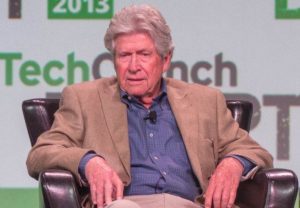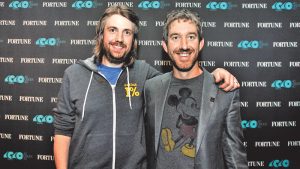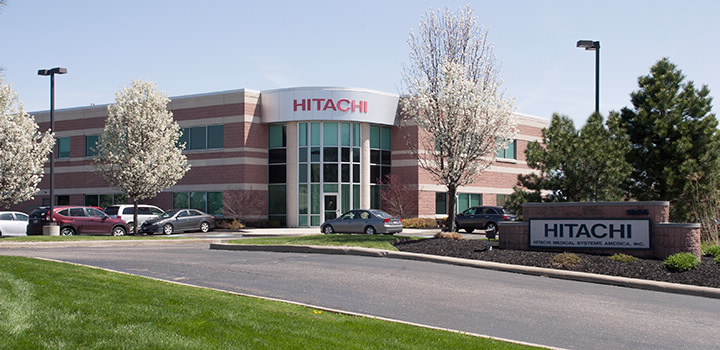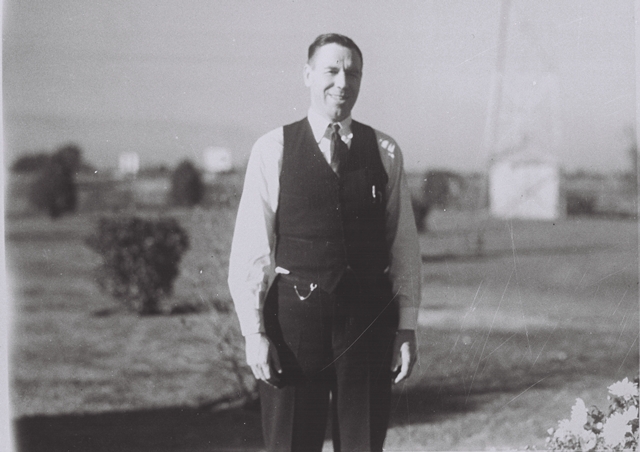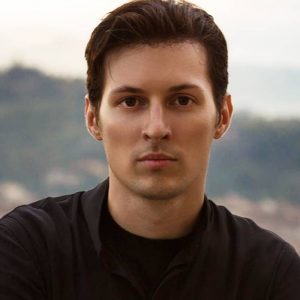Alan Trefler : World Open Chess Champion & the Founder-CEO of Pegasystems
Alan Trefler is a chess master and successful entrepreneur, who keeps a low profile for its multi-billion company. Having a bright future in Chess and winning against multiple grandmasters, Trefler decided to stick to software development, that too proved to be the best of his decisions. Although he has not entirely left the game, he still plays the exhibition matches with former grandmasters of the game.
Early Life
Alan Trefler was born on 15 March 1956, in Boston, Massachusetts. His father Eric Trefler was the owner of an art and furniture restorer, named Trefler’s, and his mother, Dorothy Trefler, was a schoolteacher. He spent his childhood in Brookline, Massachusetts, living with his parents and brother Leon.
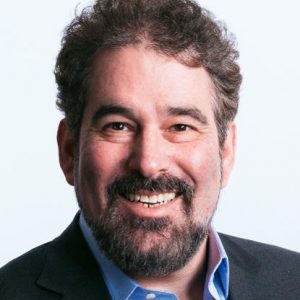
Trefler attended the Brookline High School and became a chess champion there, winning numerous school level chess competitions. As a teenager, he started his first part-time job at his father’s shop. In 1973, he joined Dartmouth College, where he studied economics and computer science. In 1975, he participated in the World Open Chess Championship and won the championship against the grandmaster Pal Benko.
Career
After completing his B.S., Trefler joined his first job at Casher Associates Inc., in Chestnut Hill, Massachusetts, as the project manager. He got the job even he was underqualified for it, as the company needed an employee on an urgent basis. Although Trefler could easily pursue his Chess career, he chose to work in a software company.
After leaving the job as the project manager, Trefler joined a software engineering firm. Later, in 1980, he successfully built a computer system that could play chess. In the same year, he started working at TMI Systems, as the team leader.
Founding Pegasystems
In April 1983, Trefler left TMI Systems, to found his own software company, named Pegasystems. He was 27, when he started the company, with an aim to enable business people to more directly instruct the machine and get the computer to really understand how business people wanted things to work. He became the CEO and the chairman of the company, and in 1996, the company went public on NASDAQ. The United States govt conferred a patent to Trefler, for Pegasystems’ distinctive rules-based architecture, which provides the framework for Pegasystems’ business process management (BPM) solutions.
The American Business Awards presented Trefler with the Stevie Award for Computer Software CEO of the Year, in 2009. He was also named the Public Company CEO of the Year, in 2011, by the Massachusetts Technology Leadership Council. Pegasystems entered into the field of telecommunications and healthcare when it acquired Chordiant for around $161.5 million. By the beginning of the year 2015, the company had 3,000 employees and 30 offices.
Personal Life
In 1992, Trefler married an investment banker, Pamela. The couple resides in Brookline, Massachusetts. Both of them are active philanthropists and in 1995, donated $1 million to Dorchester High School in Dorchester, Boston. In 1997, they founded The Trefler Foundation that aims to improve the urban education system. Trefler also competed in a charity chess tournament alongside grandmasters such as Garry Kasparov and Boaz Weinstein, in 2010. In March 2017, he appeared on the Forbes Billionaire’s List for the first time. He also published a book named Build for Change in 2014.

Yashica is a Software Engineer turned Content Writer, who loves to write on social causes and expertise in writing technical stuff. She loves to watch movies and explore new places. She believes that you need to live once before you die. So experimenting with her life and career choices, she is trying to live her life to the fullest.
